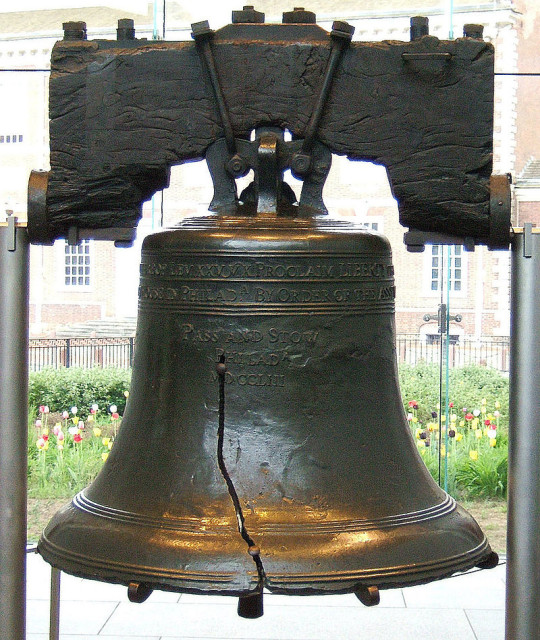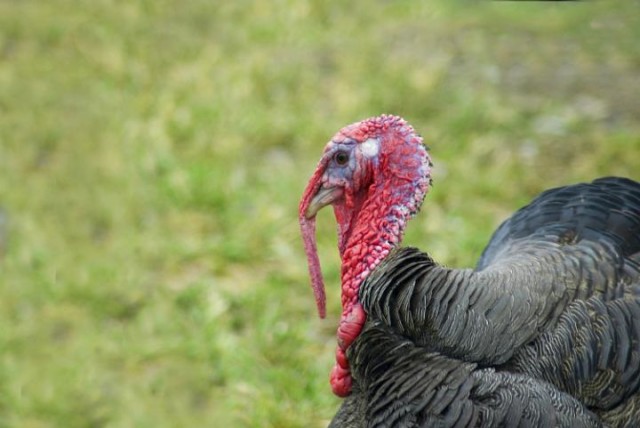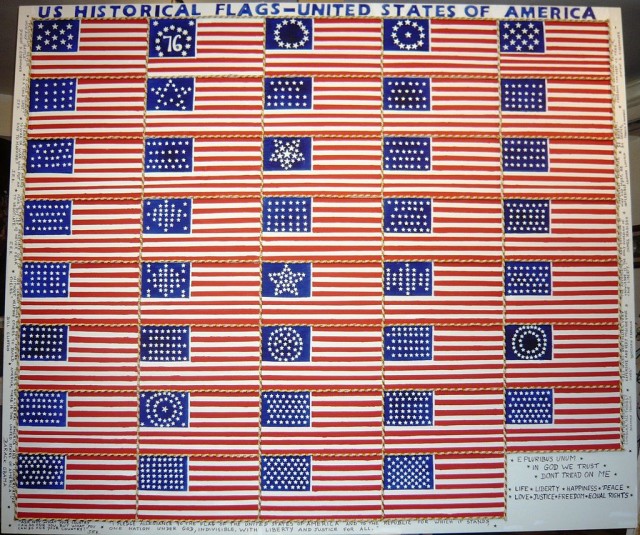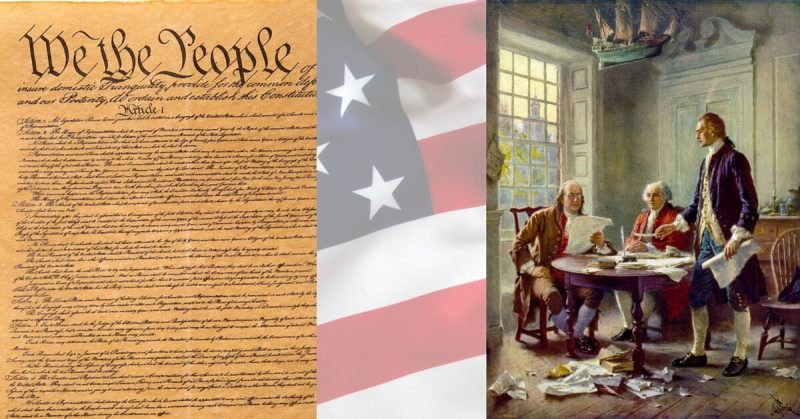With July 4th fast approaching, American families are stocking up on fireworks, lighting up the barbecues and getting ready for a fun-filled long weekend. While most the details of July 4th – no, this is not the date when the Americans won the war against Britain, but rather when the Declaration of Independence was adopted by the Second Continental Congress – are covered in history books and seasonal television programs, a few fun facts are lost between the lines. Here are ten fascinating facts about July 4th.
1. Could The Civil War Been Avoided?
The Declaration originally condemned slavery. Yes, that’s right. While most of the world knows the United States as the one civilized country that significantly dug its feet when it came to abolishing slavery and, in fact, had an entire war devoted to it, it’s little known that originally the Declaration was supposed to end it. Thomas Jefferson, the Declaration’s writer, though being a slave owner himself, actually condemned slavery in the Declaration’s first draft, but, after a few debates within Congress, the founders decided to remove the controversial message.
2. July The Cursed?
Does it seem a little odd that quite a few of the very early presidents actually died on July 4th? That’s right – Thomas Jefferson, John Adams and James Monroe, in fact, all passed away on July 4th. To make things even weirder, John Adams and Thomas Jefferson died on the same day, in 1826, which was actually the 50th anniversary of the very first July 4th holiday.
3 Have a Hot Dog!
What’s on the menu for most July 4th celebrators? Hot dogs and beer, apparently! July 4th and the weekends preceding or following it are the biggest sales dates for hot dogs. It’s no wonder July has been named National Hot Dog month! Beer is also a big winner on this week, and beer sales skyrocket past even beer sales associated with the Super Bowl, America’s second-favorite annual event.

3. The Liberty Bell
The Liberty Bell actually has nothing to do with July 4th or the War for Independence. The iconic Philadelphia symbol is often associated with American freedom and pride, but it didn’t play a single role in the founding of the country, contrary to popular belief. The bell was hung by Pennsylvania’s founder, William Penn, at the Pennsylvania State House (which is now Independence Hall). Now, of course, Independence Hall is where the Declaration and Constitution were adopted, but the bell didn’t have anything to do with that. If anything, it was just a witness to the events and, at one time, the early Americans moved it around to protect it from being stolen by British forces. That’s about as far as the bell’s heroic past goes, though.

4. Bald Eagle Vs. Turkeys
Another July 4th and American symbol is the bald eagle, but one of America’s most prominent figures didn’t event want the bird to be considered for the job. Benjamin Franklin, in fact, said that the bird was one of “bad moral character.” His top choice for the symbol of the new United States? The turkey, which he said was a true native to the country and very courageous.
5. Happy July 2nd
Okay, so maybe July 4th itself isn’t even technically that important. While July 4th is the date everyone recognizes as when the Declaration was adopted, it’s actually the day when the Declaration was published in the newspapers. In fact, it was adopted two days earlier, on July 2nd. It wasn’t even completely signed until two months later since it took so long to get all of the signatories together to actually do the job. The only person to sign it on July 4th? John Hancock, from which we get the related saying. In fact, John Adams was thoroughly convinced that July 2 was going to become a great holiday, not July 4th.
6. Red, White and… Green?
Most celebrate Independence Day with an array of decorations in red, white and blue and a healthy helping of fireworks. However, those weren’t the same decorations you would have seen at the very first July 4th celebrations. In the years following America’s Independence, bright, bold colors were hard to come by, so many people, even the rich, decorated with lush greenery. Fireworks were also not popular, and instead, artillery was fired. That, however, slowly fell out of practice as fireworks became more accessible and safer.

7. A Flag Of Many Faces
The famous flag we see today didn’t actually come into existence until 1960. The flag has gone through a variety of changes and designs. The one we see today was invented by a high school student who was given the project of designing a flag which would recognize the new states of Alaska and Hawaii. This student decided to just add two extra stars and stitched up his design and turned it in. His teacher wasn’t quite thrilled, so the student passed on his idea to the president at the time, Dwight D. Eisenhower. The President loved the design so much that it became the official U.S. flag in 1960.
8. A National Anthem, 160 Years Later
Another symbol of July 4th, heard at every event you’ll go to around the country on this day is the Star Spangled Banner, but it wasn’t even around at the time of the Revolutionary War. The anthem, written by Francis Scott Key, was penned during the War of 1812, but even then it wasn’t the symbol of American freedom that it is today. The song wasn’t officially declared the national anthem of the United States until much later, in fact, over a century later, in 1931.
9. America’s Longest Celebration
If you really want to celebrate July 4th in style, you can go to the longest running Independence Day celebration in the United States. It’s the July 4th parade held each year in Bristol, Rhode Island and has been going strong since it started in 1785. It’s believed it originally began when a local reverend would lead townspeople to participate in patriotic exercises. The celebration has grown so much that it’s now a nearly month-long event, starting on Flag Day, June 14th, and concluding on July 4th. Various events during the celebration include parades, concerts, speakers and even a July 4th ball.
